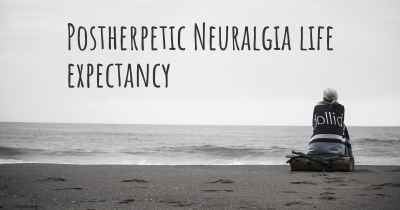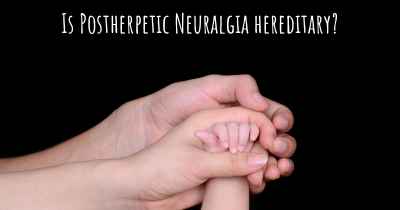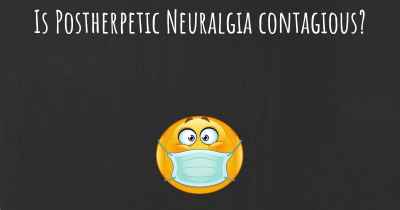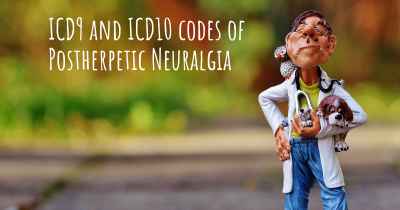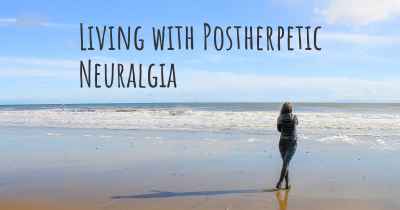How is Postherpetic Neuralgia diagnosed?
See how Postherpetic Neuralgia is diagnosed. Which specialists are essential to meet, what tests are needed and other useful information for the diagnosis of Postherpetic Neuralgia
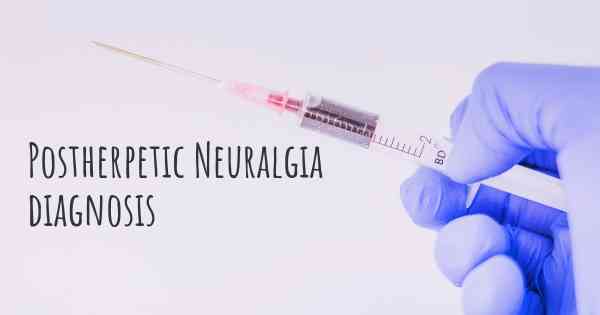
Postherpetic Neuralgia (PHN) is a condition that occurs as a complication of shingles, a viral infection caused by the varicella-zoster virus. PHN is characterized by persistent pain that continues even after the shingles rash has healed. Diagnosing PHN can be challenging as it relies on a combination of clinical evaluation, medical history, and exclusion of other possible causes of pain.
When a patient presents with symptoms suggestive of PHN, the healthcare provider will typically begin by conducting a thorough medical history interview. This involves asking the patient about their symptoms, the duration and intensity of the pain, and any previous history of shingles or other relevant medical conditions. The healthcare provider will also inquire about any treatments the patient has undergone for shingles or pain relief.
Following the medical history, a physical examination will be performed to assess the patient's overall health and to identify any visible signs of shingles or other potential causes of pain. The healthcare provider will carefully examine the affected area, looking for any residual rash, skin changes, or signs of nerve damage.
In addition to the medical history and physical examination, there are several diagnostic tests that can aid in confirming a diagnosis of PHN and ruling out other possible causes of pain. These tests may include:
- Blood tests: Blood samples may be taken to check for any underlying medical conditions that could be contributing to the pain.
- Imaging tests: Techniques such as magnetic resonance imaging (MRI) or computed tomography (CT) scans may be used to visualize the affected area and identify any structural abnormalities or nerve damage.
- Nerve conduction studies: This test measures the speed and strength of electrical signals as they travel along the nerves. It can help determine if there is any nerve damage or dysfunction.
- Skin biopsy: In some cases, a small sample of skin may be taken for analysis to rule out other potential causes of pain.
While these diagnostic tests can provide valuable information, the diagnosis of PHN ultimately relies on the clinical judgment of the healthcare provider. The characteristic symptoms of PHN, such as persistent pain in the area previously affected by shingles, along with the exclusion of other potential causes, are crucial in making an accurate diagnosis.
It is important to note that PHN is a clinical diagnosis, meaning that there is no specific test that can definitively confirm its presence. The healthcare provider will consider the patient's medical history, physical examination findings, and the results of any diagnostic tests to arrive at a diagnosis.
Once a diagnosis of PHN is made, appropriate treatment options can be discussed with the patient. These may include medications to manage pain, such as topical creams, oral medications, or nerve blocks. Other interventions like physical therapy, transcutaneous electrical nerve stimulation (TENS), or counseling may also be recommended to help alleviate symptoms and improve the patient's quality of life.
In conclusion, diagnosing Postherpetic Neuralgia involves a comprehensive evaluation of the patient's medical history, physical examination, and exclusion of other potential causes of pain. While diagnostic tests can provide supportive information, the clinical judgment of the healthcare provider remains crucial in making an accurate diagnosis. Early diagnosis and appropriate management are essential in effectively treating PHN and minimizing its impact on the patient's daily life.
